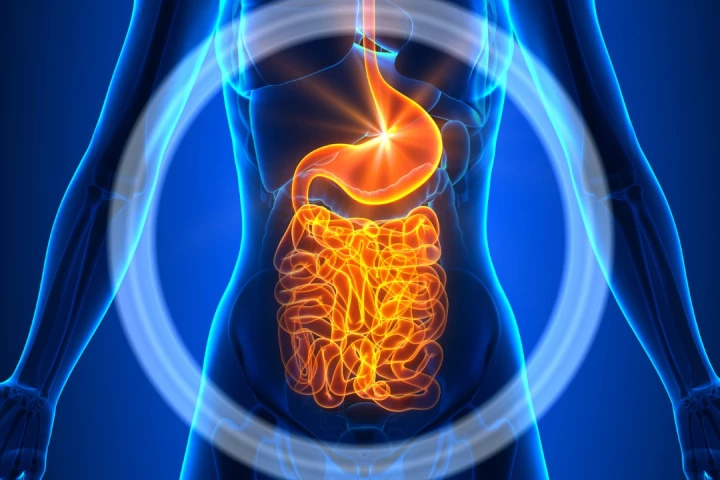Arizona State University
-
Perhaps on other planets, diamonds are as common and boring as rocks. Astronomers suggest that some planets might actually be largely made of diamonds, and now a team has calculated how such a planet could form and how it would be structured.
-
What kind of threat can tiny plastic fragments pose to the health of living organisms? Scientists have turned to human tissue for answers, and discovered evidence of plastic fragments in every single sample they studied.
-
In some ways, the most Earth-like world in our solar system is Saturn’s largest moon, Titan. And now, astronomers from NASA JPL and Arizona State University have used years of Cassini data to construct the first global map of Titan.
-
A photographic search by NASA's Lunar Reconnaissance Orbiter (LRO) has discovered the crash site of the Israeli Beresheet moon lander. By making a series of comparison images, the hunt confirmed the area where the privately operated unmanned spacecraft impacted the lunar surface on April 11, 2019.
-
The Japanese probe Hayabusa collected samples from the asteroid Itokawa and returned them to Earth in 2010. Now researchers from Arizona State University have discovered traces of water in those samples, adding weight to the idea that much of Earth’s water may have come from asteroid impacts.
-
Scientists have discovered a tiny fragment of a comet in a meteorite. The bulk of the rock itself was once an asteroid, but when the team cracked it open and analyzed the inside, they found that the growing asteroid must have swept up the seed of a comet billions of years ago.
-
Scientiists continue to uncover new connections between the gut microbiome and human health. Another example of this are the emerging ties between gut health and autism, with an exciting new study demonstrating how fecal transplants can dramatically reduce its symptoms in the long term.
-
NASA’s Curiosity rover and its suite of advanced tools have revealed all kinds of fascinating facts about Mars, but scientists here on Earth have now uncovered a surprising characteristic through one of its more rudimentary instruments, an accelerometer similar to what you'd find in a smartphone.
-
If you need to close up an injury or incision in human body tissue, you use sutures, staples or a surgical adhesive … right? Well, if technology that's currently being developed at Arizona State University gets commercialized, liquid silk combined with gold may eventually be a better way to go.
-
The majority of stars in our Milky Way aren’t Sun-like – they’re the smaller and cooler red dwarfs. To determine how well these stars might be able to support life, A NASA program is using Hubble to monitor their flare activity, and the first results don’t paint a positive picture.
-
For centuries, various cultures have used clay as a remedy for infections. Now, scientists from Arizona State University (ASU) and the Mayo Clinic have determined that blue clay in particular may indeed be effective at treating infected wounds.
-
A new study on the density of the seven planets in the nearby TRAPPIST-1 system has found that these worlds may have even more water than Earth does – but in a cruel case of having too much of a good thing, that might be enough to drown out any hopes of finding life there.
Load More











